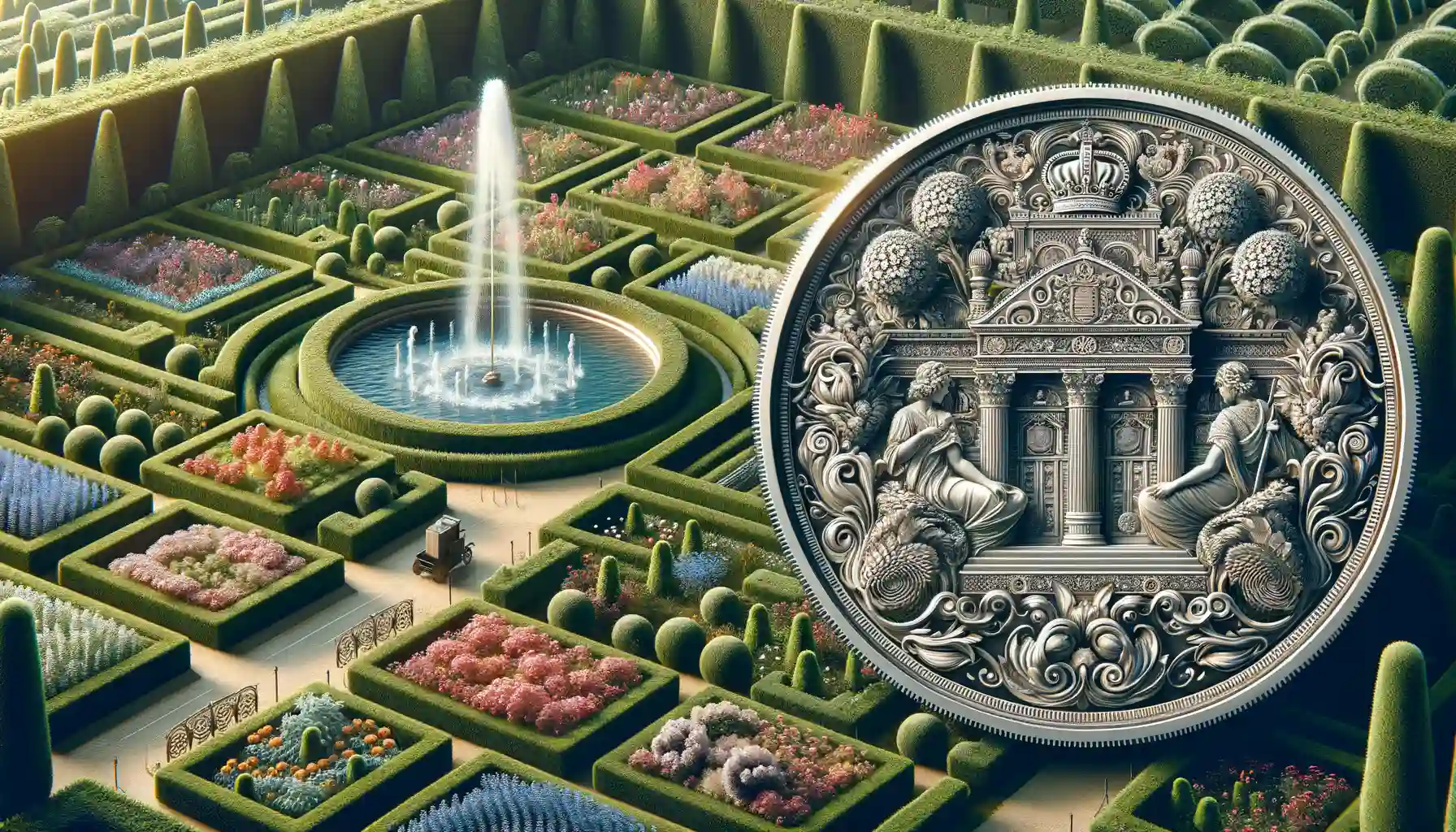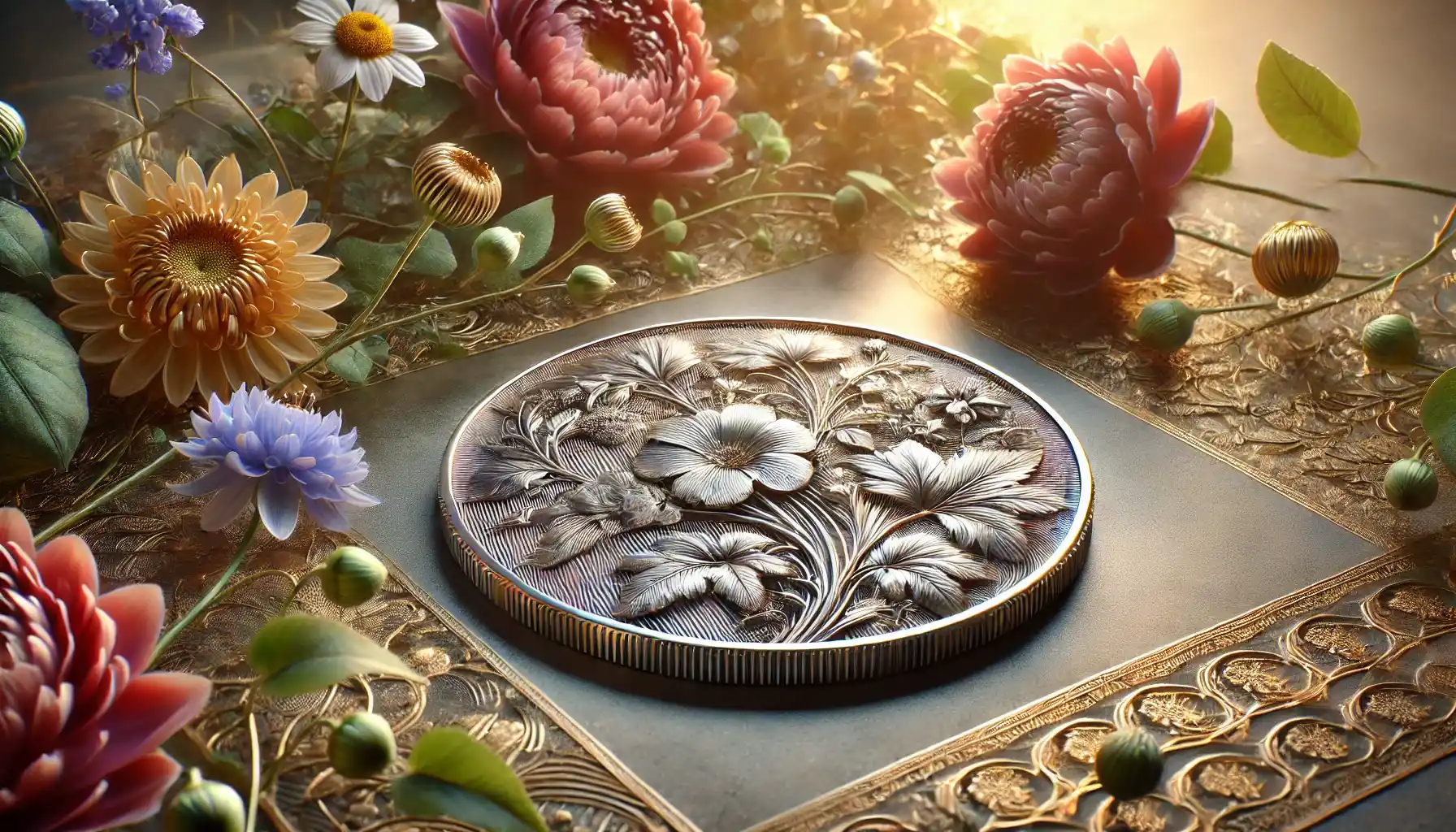Origins of Floral Motifs in Ancient Coinage
How Ancient Coins Blossomed with Floral Beauty
Ever wonder how something as delicate and fleeting as a flower became engrained in the rugged metal of ancient coins? Picture this: millennia ago, artisans fused art and currency, transforming everyday exchanges into tiny works of symbolic beauty. The ancients didn’t just mint coins—they told stories on them, and flowers? Oh, they had plenty to say.
Flowers weren’t chosen just for their charm; they were brimming with meaning. Take the mighty lotus on ancient Indian coins—this wasn’t just a pretty face; it symbolized purity, renewal, and even the cosmos. Meanwhile, Greek coinage burst forth with floral designs like the wild poppy, deeply tied to Demeter, goddess of the harvest.
- The Iris: Seen on Persian coins, representing divine messages and communication.
- The Rose: A recurring symbol in Roman designs, embodying secrecy and love.
And let’s not forget the regional flair. Flowers reflected landscapes, cultures, and beliefs, acting like ambassadors of their time. They were whispers of mythology, nods to agriculture, and bold declarations of power—all struck into metal for eternity. Isn’t that poetic?
Symbolism Behind Floral Imagery on Currency
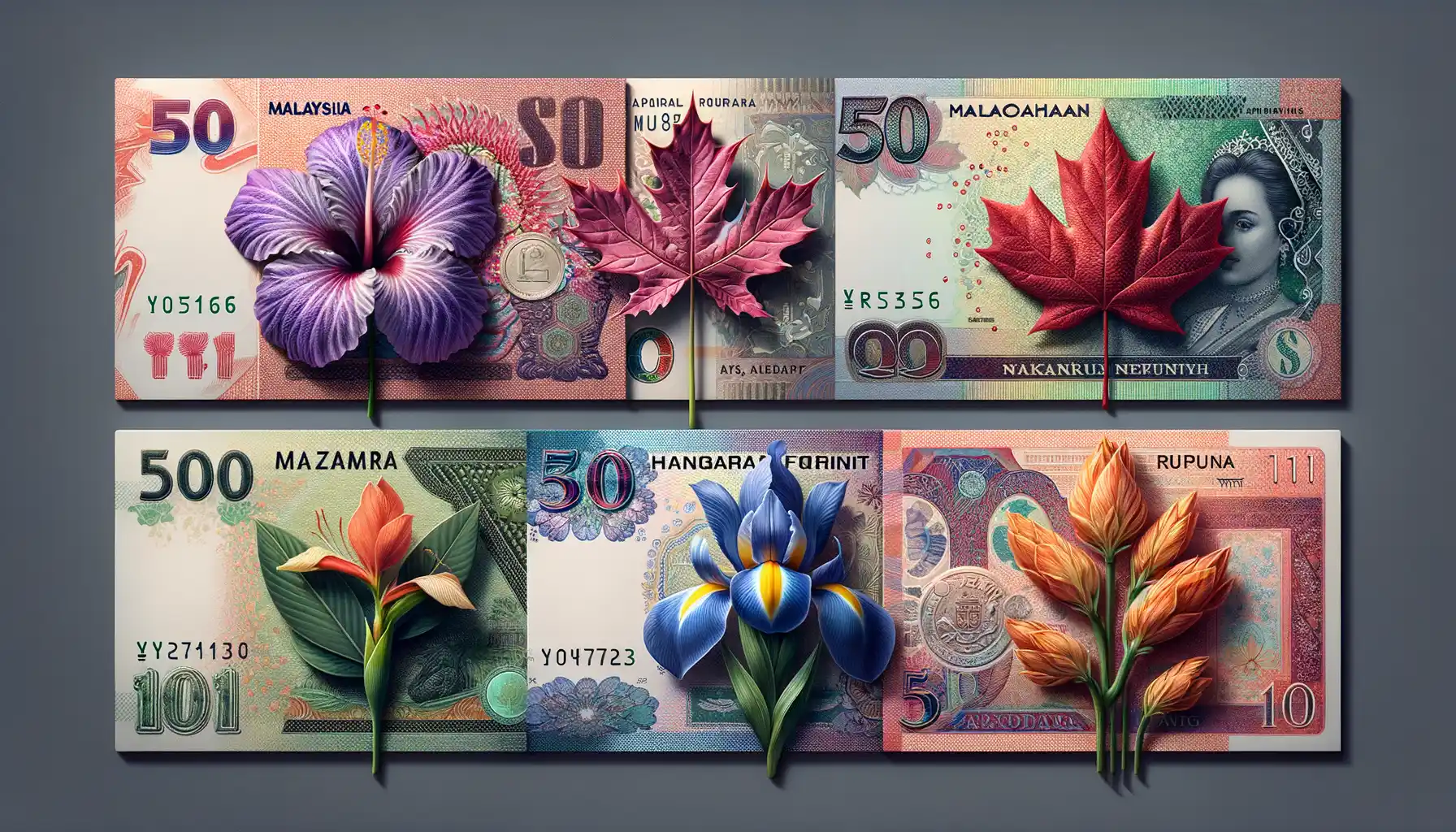
Petals of Power: The Language of Flowers on Money
Have you ever wondered why currencies bloom with floral imagery? These aren’t just decorative flourishes; each petal whispers a story, a belief, a heritage. Across centuries and continents, flowers have been chosen deliberately—not for their beauty alone but for the values they embody.
Take the delicate lotus, gracing many Asian currencies. It symbolizes purity rising above murky waters, much like resilience during economic challenges. Or consider the vibrant red poppies seen on European designs—gentle yet powerful, they honor remembrance and sacrifice. A single flower can speak volumes about a nation’s soul.
Roots in National Identity and Emotion
Floral motifs often intertwine with national pride and identity. Look deeper, and you’ll see countries embedding virtues in their blooms:
- The rose of England, steadfast and eternal, evokes love and loyalty.
- Japan’s cherry blossom reflects fleeting beauty—a poignant reminder of life’s impermanence.
- South Africa’s Protea, rugged and exotic, embodies diversity and transformation.
It’s no coincidence that these designs frequently appear on both coins and banknotes. The message is clear: floral imagery transcends mere currency—it plants seeds of shared history and hope into the hands of every citizen.
Cultural and Regional Differences in Floral Designs
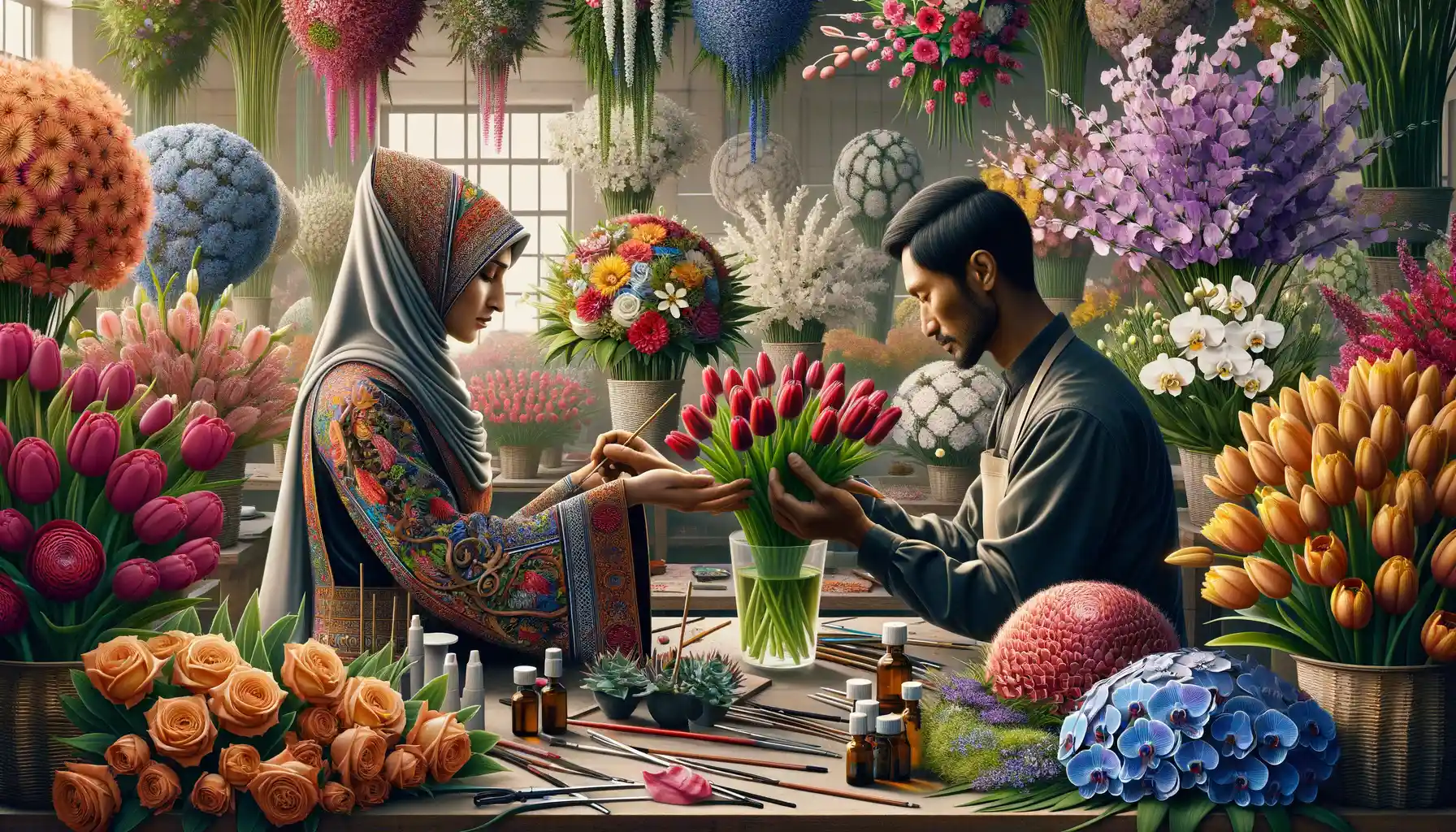
East Meets West: Contrasting Floral Traditions
Flowers whisper stories of their lands. Take the delicate cherry blossoms of Japan, gracing coins with their fleeting, tender beauty. In stark contrast, European designs often emphasize sturdy, regal blooms like the rose, symbolizing power and romanticism. Imagine a Japanese yen subtly evoking spring’s serenity, while a British pound seems to echo the grandeur of royal gardens.
Across cultures, the choice of flower often isn’t just aesthetics—it’s identity. For instance, India’s rupees proudly display the sacred lotus, tied to purity and spirituality. Meanwhile, South African rand features the vivid protea, a reflection of resilience and biodiversity. These flowers aren’t just etched into currency; they are woven into the fabric of each region’s soul.
Regional Customs Shape Petals on Coins
What’s fascinating is how geography and values influence design. Here’s a look:
- **Middle East** loves intricate floral arabesques—patterns that feel endless, like the desert sands.
- **Nordic countries** favor utilitarian florals, humble yet striking, such as wheat heads or clovers.
- **The Caribbean**? Expect vibrant hibiscus blooms bursting with life, mirroring island vitality.
Every petal speaks a local tongue, reminding us that even the smallest details can carry the weight of culture.
Notable Examples of Floral Motifs Through History
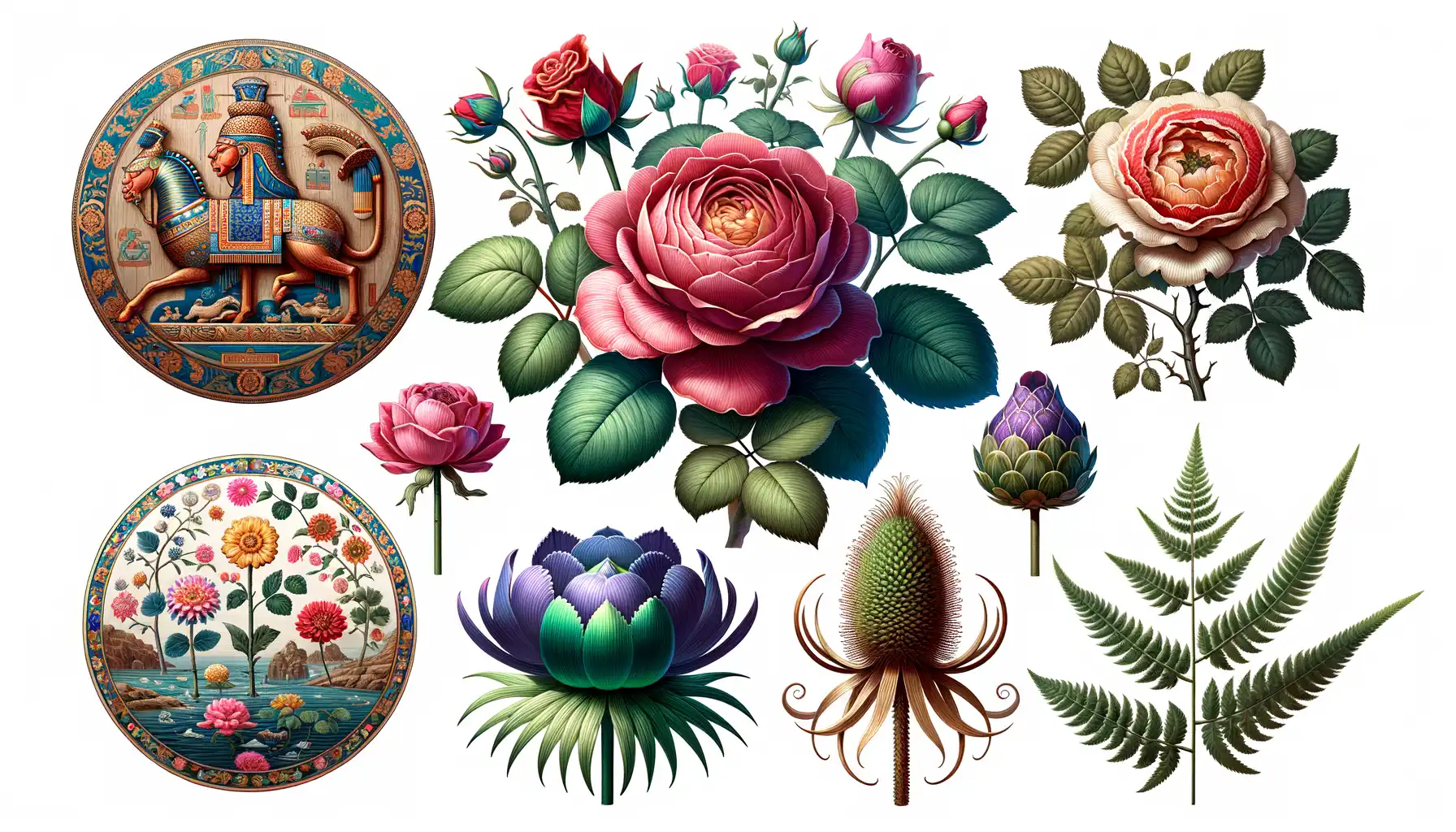
Floral Masterpieces that Shaped Currency Design
Picture this: a coin crafted in ancient Lydia, glinting in the sun, adorned with a delicate six-petal rose. It’s not just currency; it’s a tiny canvas of art. Throughout history, flowers have danced their way into designs, bringing life and storytelling to cold metal. Let’s explore some standout examples that have rooted themselves in history.
- The Lotus on Ancient Indian Coins: The lotus, symbolizing purity and spiritual awakening, graced Mauryan Empire coins around the 4th century BCE. Each petal seemed to whisper a promise of enlightenment.
- The Tudor Rose of England: A flower born from turmoil, the Tudor rose—merging white and red roses—was etched onto English coins during King Henry VII’s reign. This intricate design wasn’t merely decorative; it proclaimed unity after the War of the Roses.
The Blooming Renaissance and Beyond
Fast forward to the Italian Renaissance, and floral motifs became breathtakingly detailed. The ducats of Venice often featured the fleur-de-lis, a nod to French influence and a symbol of divine right. Even modern Swedish krona coins bear floral embellishments, showcasing national pride through native blooms like the linnaea borealis. It’s a secret dialogue between art, nature, and heritage—etched for eternity.
Modern Use of Floral Elements in Currency Design
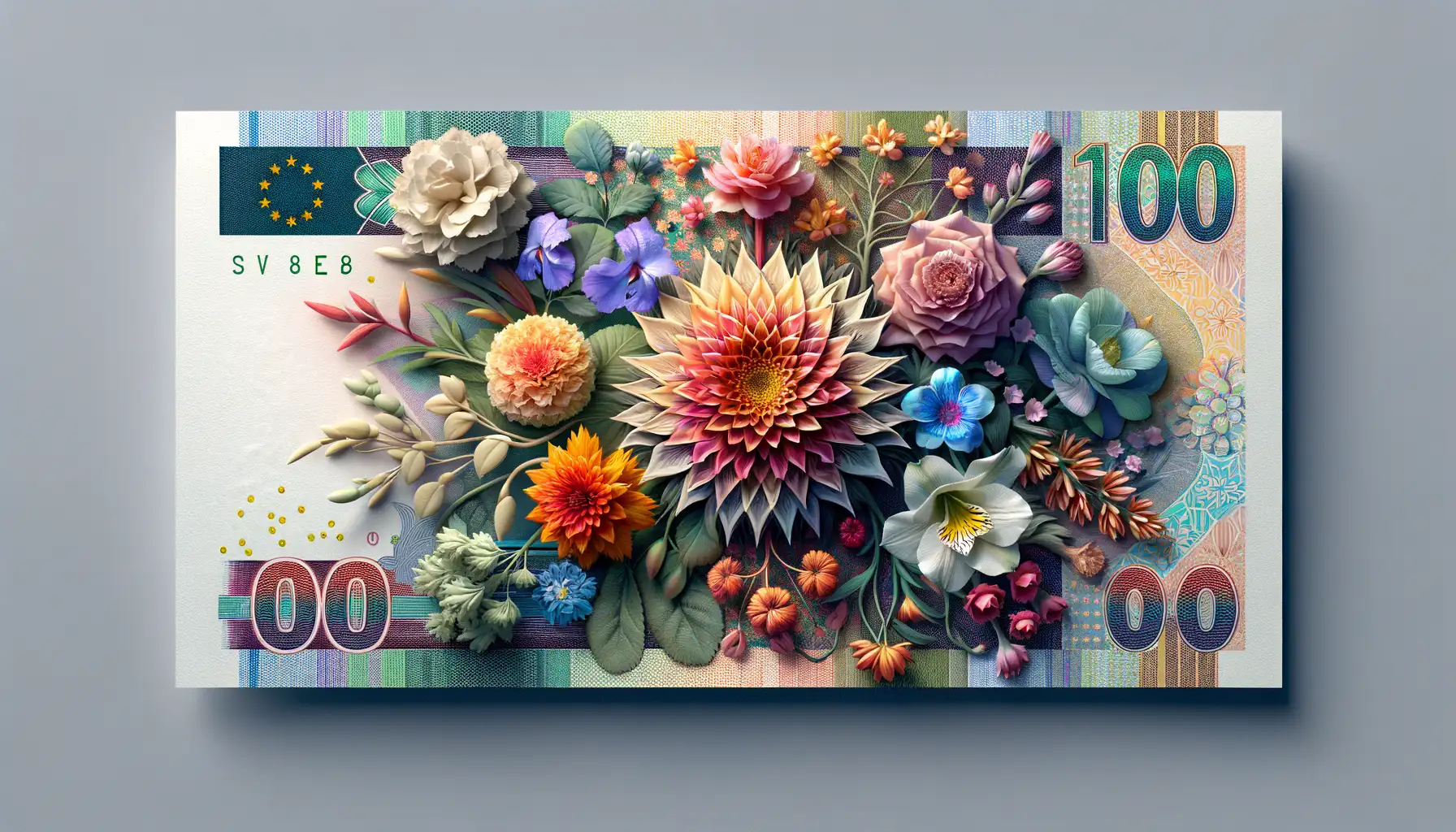
Where Art Meets Finance
Step into the vibrant world of modern currency, where **floral elements** are far more than decorative flourishes—they’re tiny masterpieces with immense cultural depth. Today, flowers on banknotes and coins aren’t just nods to tradition. They’ve taken center stage, reflecting national pride, ecological awareness, and even political narratives. Think of them as little ambassadors quietly conveying a country’s identity.
Take the Canadian $10 bill, for instance. Amid its vivid purple tones, a delicate sprig of **viola canadensis**—commonly known as the white violet—nestles into the design. It’s not just there for aesthetics; it symbolizes resilience, peace, and the untamed Northern spirit. Or look at the euro coins, where the **edelweiss** flower peeks out as a tribute to Alpine culture. Global currencies are blooming with personality!
Here’s what makes modern designs so captivating:
- Hyperrealistic detail: Advanced printing techniques bring petals and leaves to life.
- Sustainability messaging: Some floral motifs highlight conservation efforts, like Australia’s kangaroo paw plant.
- Dynamic symbolism: Flowers today can signify renewal, hope, or hidden struggles.
Modern floral designs are proof that beauty and meaning can thrive in the most unexpected places—like the folds of your wallet.

